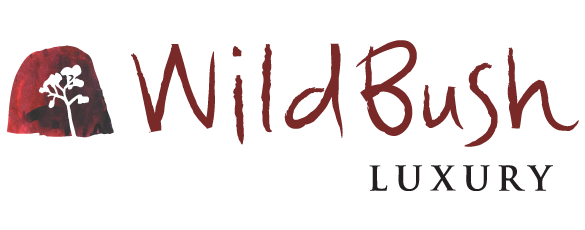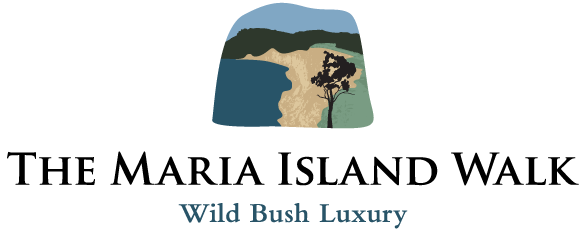Our Destination
Bamurru Plains is located in Australia’s tropical Top End region, positioned on the coastal floodplains of the Mary River Wetlands on the edge of Kakadu National Park. The land was once a significant meeting place for several Aboriginal mobs, particularly the Limilngan people, who would frequent the seasonal floodplain that provided a rich food supply.
“Bamurru” itself is an Aboriginal word for Magpie Goose from the Gagadju people, representing the thousands of these particular birds that flock to the floodplain throughout the year.
Today, the location on the Mary River floodplains is considered to be Australia’s answer to Africa’s Okavango Delta, harbouring an extraordinary diversity and volume of wildlife and birdlife.
The emphasis of any stay is to expose guests to one of the most significant ecosystems in Australia, with this 300km² private property home to an immense diversity of wildlife. In particular, the Mary River catchment is home to the highest concentration of estuarine crocodiles in the world and 236 species of birds.




Our Story
With a deep respect for the land’s cultural and environmental heritage, Bamurru Plains was designed as an ecotourism destination to celebrate the natural wilderness of Australia’s Top End.
Opening with just three safari bungalows in 2006, the destination was awarded Conde Nast’s Reader Awards ‘Best Hotel in Australasia’ in 2008 and was a founding member of Luxury Lodges of Australia in 2010.
Six additional bungalows were added in 2008 and the Kingfisher Suite was opened in 2015 along with ‘The Hide’ to offer guests an elevated experience over the floodplain ideal for bird-watching.
In 2023, an additional safari bungalow and the Jabiru Retreat were introduced, now with twelve lodgings in total accommodating 26 guests maximum at any one time.
Destination Seasonality
Geographically located on the edge of the Timor and Arafura seas, situated closer to the islands of Indonesia than the vast majority of Australia, Australia’s ‘Top End’ is a region of climatic extremes, spectacular storm skies and an annual cycle of environmental rebirth.
Bamurru Plains is open to guest bookings from March to October annually, and closed annually during the peak monsoonal seasons.


Sustainability
The Bamurru Plains experience is designed to connect our guests with the bush, with this success reliant on a harmonious relationship with our ecological environment.
The luxury safari camp style was carefully developed to seamlessly blend into the surroundings with little interference, using sustainable materials and environmentally conscious practices to reduce impact and ensure a small footprint on the landscape.
As a business, it is our innate desire and responsibility to ensure we’re contributing to the conservation of Australia’s natural and cultural heritage, along with the local communities we work with.
Ecological ethos
Our safari-style camp was built to support a minimal impact on the environment, with only 12 accommodation dwellings and a main lodge, constructed amongst the fringe bushland on the edge of the floodplains, using the pandanus palms and natural woodland for shade and privacy.
Each accommodation is elevated on poles above the floodplain, with overhead fans and mesh walls on three sides to maximise breeze flow so the bungalows don’t need air conditioning (though it is available at extra cost in three of the suites).
The majority of Bamurru Plains’ power is solar -generated, keeping our carbon footprint minimal. An array of 240 solar panels provides around 75% of the lodge’s power, which reduces both the carbon footprint and noise that could disrupt wildlife.





